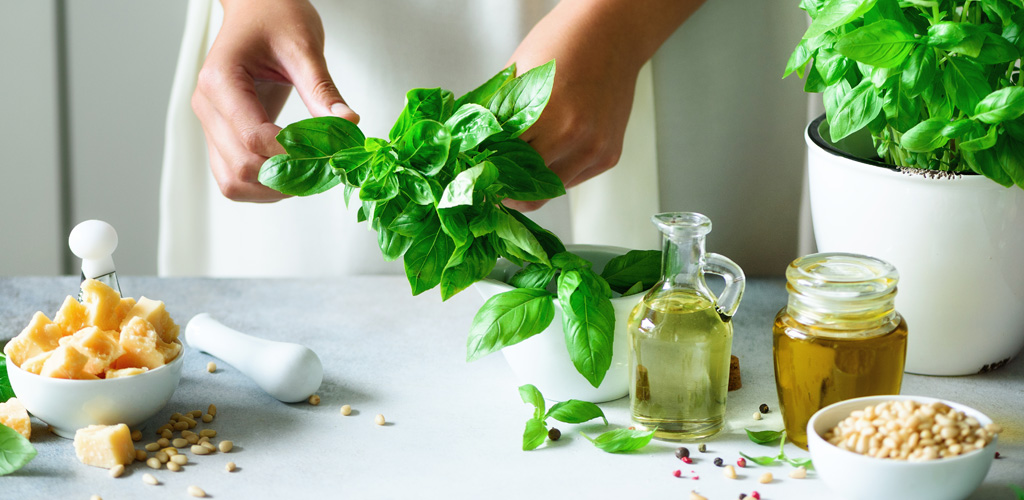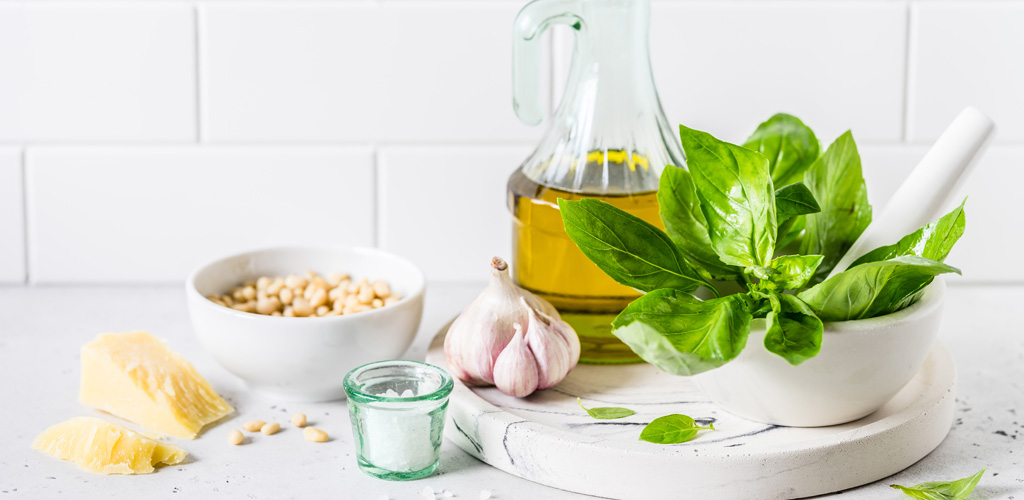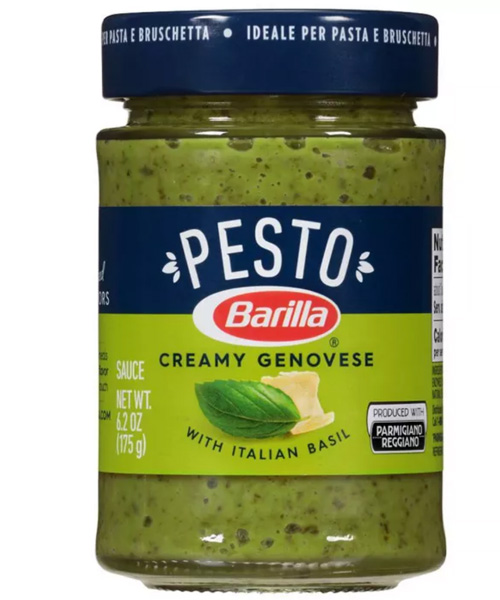In Praise of Pesto Sauce
Please pass the pesto!
BY VICKI MARTINEZ
The culinary influences of Italy reach across the globe. From wood-fired pizza and creamy polenta to osso buco and baking sheets of bubbling lasagna. Let’s put aside the oven and talk about the full-flavored Italian fare with no cooking required: pesto sauce.
Pesto Purists
The pesto we know today originated in Genoa, the capital of Liguria, Italy's most prominent basil-growing region. It stands to reason that the most well-known variety in Italy, pesto alla Genovese, is a basil-based pesto.
Like many dishes prominent in Italian cuisine, recipes for pesto sauce are adapted and modified due to regional differences and availability of ingredients. Some pesto preparations substitute basil with herbs like marjoram or parsley, and there are many who prefer the creamy texture of cashews or walnuts in their pesto.
Pesto alla Genovese is the most popular pesto style and has been a staple of Italian cooking since the late 19th century. Despite its popularity worldwide, pesto didn't begin flying off American grocery shelves until the late 1980s and early 1990s.
Now, a more health-conscious country, we’re drawn to the simple, fresh, unprocessed ingredients found in pesto.
Pesto Sauce Prep
Pesto is considered a “raw sauce” because the uncooked ingredients remain in their naturally fresh forms. A traditional pesto recipe calls for:
- Fresh basil
- Pine nuts or cashews
- Olive oil
- Garlic
- Parmesan (traditionally Parmigiano-Reggiano)
To experience the authentic flavors of a traditional raw sauce, try Barilla’s Creamy Genovese or Rustic Basil Pesto.
Pesto: It’s Not Just for Pasta
Simple, fresh and filled with flavor, pesto over pasta is undeniably delicious. But why limit all that gourmet goodness to pasta dishes? There are plenty of ways to apply pesto in your cooking.







Share this Post